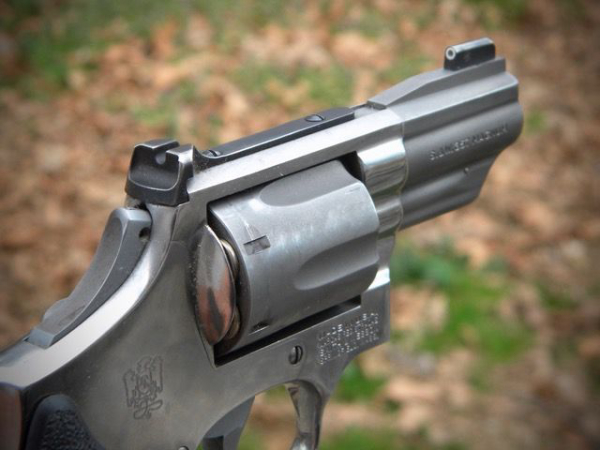
Shooting accurately is all about sight alignment and a smooth press or stroke on the trigger. In self-defense applications, this has to be done under any and all conditions. It could be a short range, low-light situation or maybe one of the longer shots at fifty yards or so. The sights on your weapon have to be up to the task, and may be one of the first modifications you need to consider.
The majority of pistols offered today come with “good” sights. However, to cut costs some factory sights are insufficient for defensive work. You can expect to install upgraded sights. Most have sights that can be upgraded easily. Maybe your eyes are aging, something we all eventually face. Sights that did work are now lacking. Getting a suppressor for your pistol? You’re going to need taller sights. That’s usually also the case for a red dot setup.
You also have to remember that even if the sights from the factory are top quality, something that works for most people, or under limited applications, might not be right for you. You’ll have to hit the range during daylight, no light and rainy, foggy days – less than ideal conditions - to find out if the sights you have are sufficient for the task.
“What about those glow-in-the-dark sights?” people ask. Tritium sights aren’t a bad idea. Before you consider them mandatory first consider this: If it’s so dark you can’t see the sights, are you able to properly identify the “threat?” People shoot friends or family members in the dark with far too much frequency; don’t shoot at anything you haven’t first identified. In that case you’ll need an alternative light source. This requires you to test, ensuring the sights work when used with a hand-held or weapon mounted light.
For self-defense you need sights that are fast to acquire, under all conditions. Keep in mind as you experiment that it’s not necessary that you see the front sight as if it were under a microscope. You just need to be able to see or watch it. At typical defensive distances this is more like Jeff Cooper’s “Flash Sight Picture.” In other words, the target is so close all you need to see is the front sight in alignment. As the distance increases, and/or the target decreases in size, you’ll need quick, accurate alignment of front and rear sight. You’ll need to be able to align the rear sight with the front, according to the accuracy required. If you’re running tritium in both front and rear sights make sure alignment is intuitive, decreasing the chances of misaligning the front and rear sights.
Shape of the rear sight is also important. I like a rear sight that has edges that can be hooked on something in order to cycle the slide during single hand manipulations. “Snag-free” sights are just that; it’s difficult to get a good purchase against your belt or the corner of a wall to rack the slide. The sights do a lot more than just allowing you to shoot accurately.
Self-defense situations contain no room for error. Make sure your weapon is up to the requirements. This starts with a good set of sights that work under all conditions.
Tiger McKee is director of Shootrite Firearms Academy. He is the author of The Book of Two Guns, AR-15 Skills and Drills, has a regular column in American Handgunner and makes some cool knives and custom revolvers. Visit Shootrite’s Facebook page for other details.